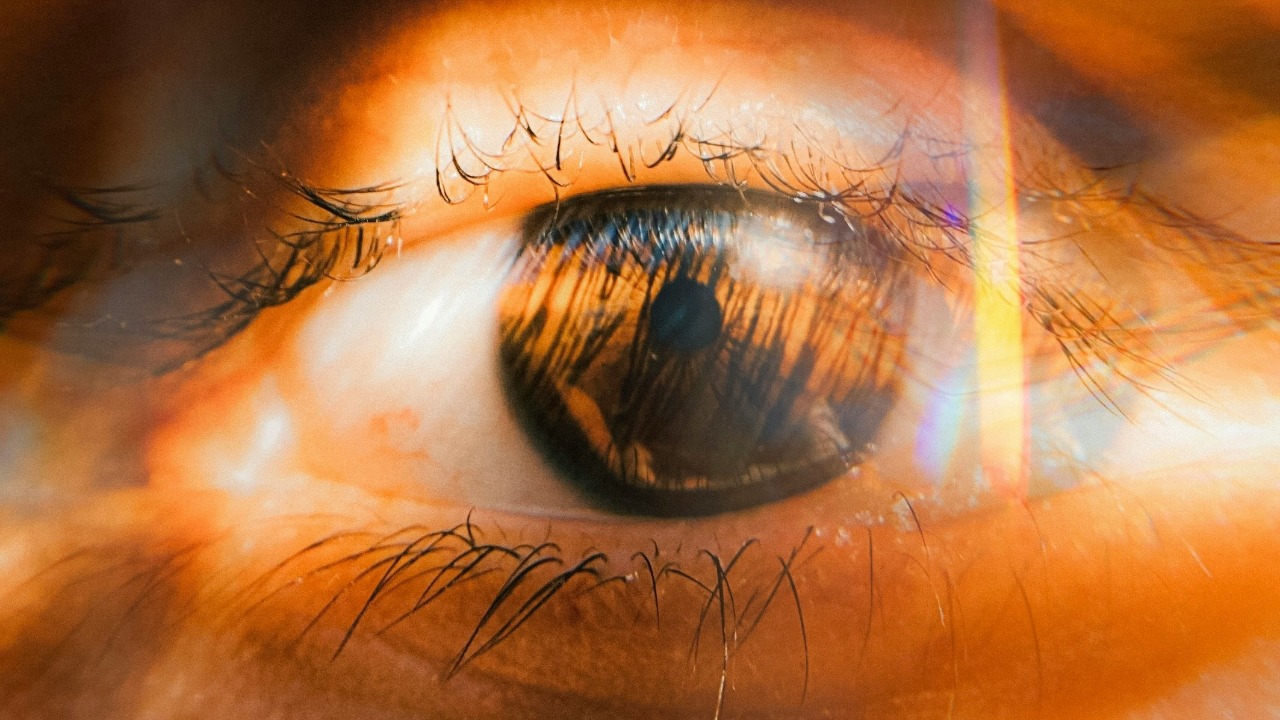
Recent advancements in medical technology have brought forth a new laser treatment that could potentially prevent blindness before it even begins. This development is a significant stride in early intervention for eye conditions, building on innovations such as the MCH laser introduced at Hamilton Health Sciences. Alongside this, emerging technologies like AI for diabetic retinopathy screening and gold nanoparticles for broader blindness treatments are enhancing preventive care.
The Breakthrough in Laser Therapy
The new laser treatment is a game-changer in the field of ophthalmology. It targets abnormal blood vessels in the retina, halting the progression of conditions like retinopathy of prematurity before vision damage occurs. This new laser treatment is non-invasive and has shown promising initial clinical results, reducing the risk of blindness in at-risk patients.
Compared to traditional laser methods, the new treatment offers significant improvements. It boasts superior precision and reduced recovery time, making it a viable option for widespread adoption. This advancement, announced on November 8, 2025, is set to revolutionize the way we approach eye health.
MCH Laser for Premature Infants
The MCH laser, a recent innovation at Hamilton Health Sciences, is designed to prevent blindness in premature babies. It works by sealing leaky blood vessels in the eye, thus preserving vision. Since its first use on October 14, 2025, the MCH laser has proven to be a safe and effective tool in neonatal care.
Initial trials have shown minimized side effects and preserved visual development in treated infants. These positive outcomes highlight the potential of the MCH laser in preventing vision loss among premature babies, a population particularly vulnerable to such conditions.
AI’s Role in Diabetic Blindness Prevention
Artificial intelligence (AI) is making its mark in the field of ophthalmology, particularly in the screening of diabetic retinopathy. AI tools analyze retinal scans to detect early signs of blindness risk in diabetics. As reported in December 2024, these AI algorithms improve accuracy over manual checks, potentially reducing blindness rates by enabling timely interventions.
However, integrating these AI tools comes with its own set of challenges. Accessibility in underserved areas remains a concern, as does the scalability for global diabetic populations. Despite these hurdles, the potential benefits of AI in preventing diabetic blindness are immense.
Gold Nanoparticles as an Emerging Option
Another exciting development in the field of ophthalmology is the discovery of gold nanoparticles for treating blindness. These particles help regenerate retinal cells damaged by degenerative diseases. Preclinical evidence, reported on April 29, 2025, shows how gold nanoparticles enhance light sensitivity in affected eyes.
Gold nanoparticles could potentially be used in combination therapies for age-related conditions, extending their applications beyond current laser treatments. This discovery opens up new avenues for research and treatment in the field of ophthalmology.
Integrating Technologies for Broader Impact
The integration of laser treatments and AI screening could create comprehensive prevention protocols for high-risk groups like diabetics and premature infants. Logistical factors, such as training requirements for the MCH laser rollout at Hamilton Health Sciences and AI deployment timelines, need to be considered for successful implementation.
Long-term effects of these advancements could include cost reductions in blindness care through early interventions. The new laser treatment announced on November 8, 2025, is a significant step in this direction, promising a future where blindness can be prevented before it starts.
Challenges and Ethical Considerations
Despite the promising advancements, there are limitations to the new laser treatment. Accessibility in low-resource settings remains a challenge, and further long-term studies post-November 8, 2025, are needed to fully understand its potential. Ethical issues, such as data privacy in AI screenings reported in December 2024, also need to be addressed.
Equitable distribution of innovations like gold nanoparticles is another concern. Regulatory hurdles for MCH laser adoption, based on its October 14, 2025, introduction at specialized centers, highlight the challenges in making these treatments widely available. As we move forward, it is crucial to address these issues to ensure that these advancements benefit all.
More from MorningOverview